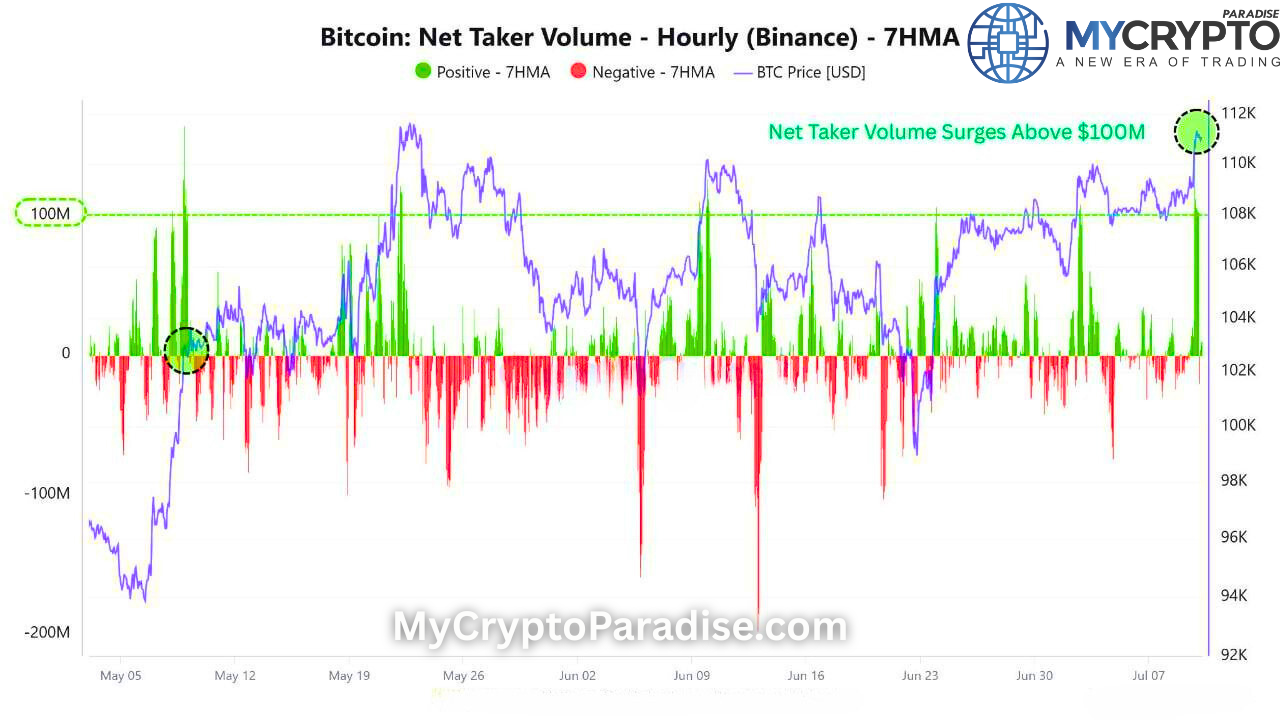In the world of cryptocurrency trading, technical analysis plays a crucial role in identifying potential trends and making informed trading decisions. One popular pattern used by traders is the Morning Star pattern. This article aims to provide a comprehensive understanding of the Morning Star pattern and its significance in crypto trading.
What is the Morning Star Pattern?
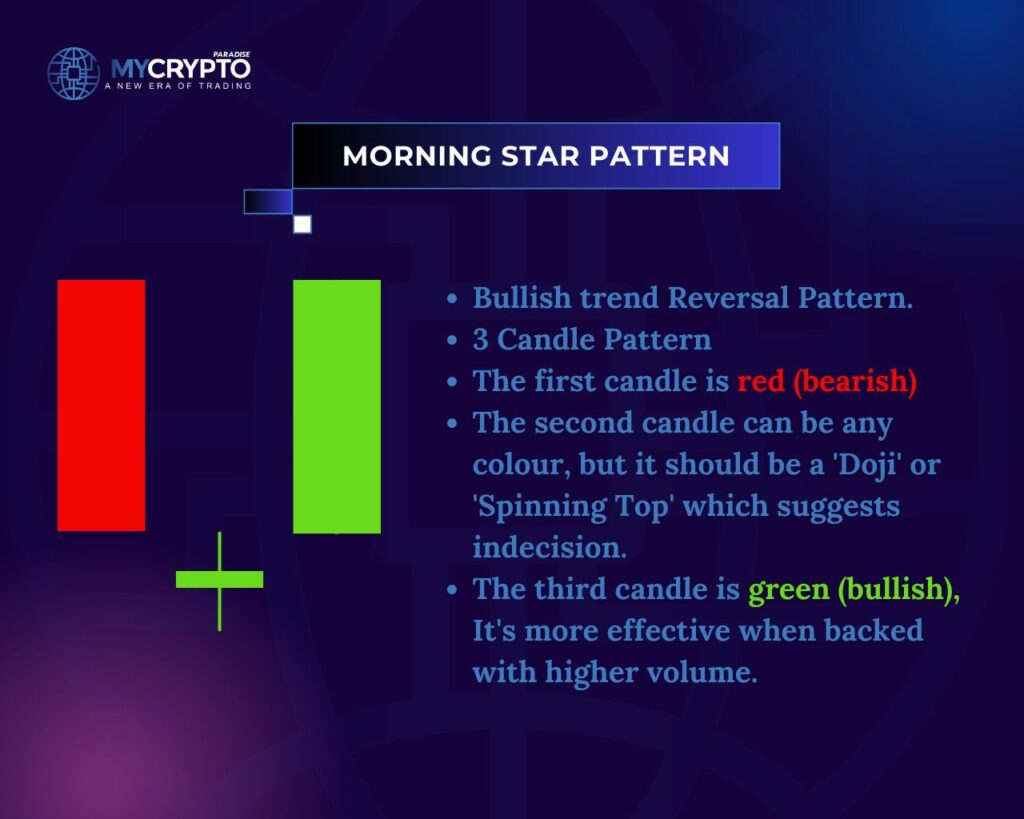
The Morning Star pattern is a bullish reversal pattern that occurs during a downtrend. It consists of three candlesticks and indicates a potential shift in market sentiment from bearish to bullish. The pattern is characterized by the following components:
First Candlestick: The first candlestick is a long bearish candlestick, indicating that sellers are in control of the market.
Second Candlestick: The second candlestick is a shorter candlestick, which represents a period of indecision in the market. This candlestick can be either bullish or bearish.
Third Candlestick: The third candlestick is a long bullish candlestick, signaling a potential trend reversal. It typically opens below the second candlestick’s close and closes above the midpoint of the first candlestick.
How to Trade the Morning Star Pattern
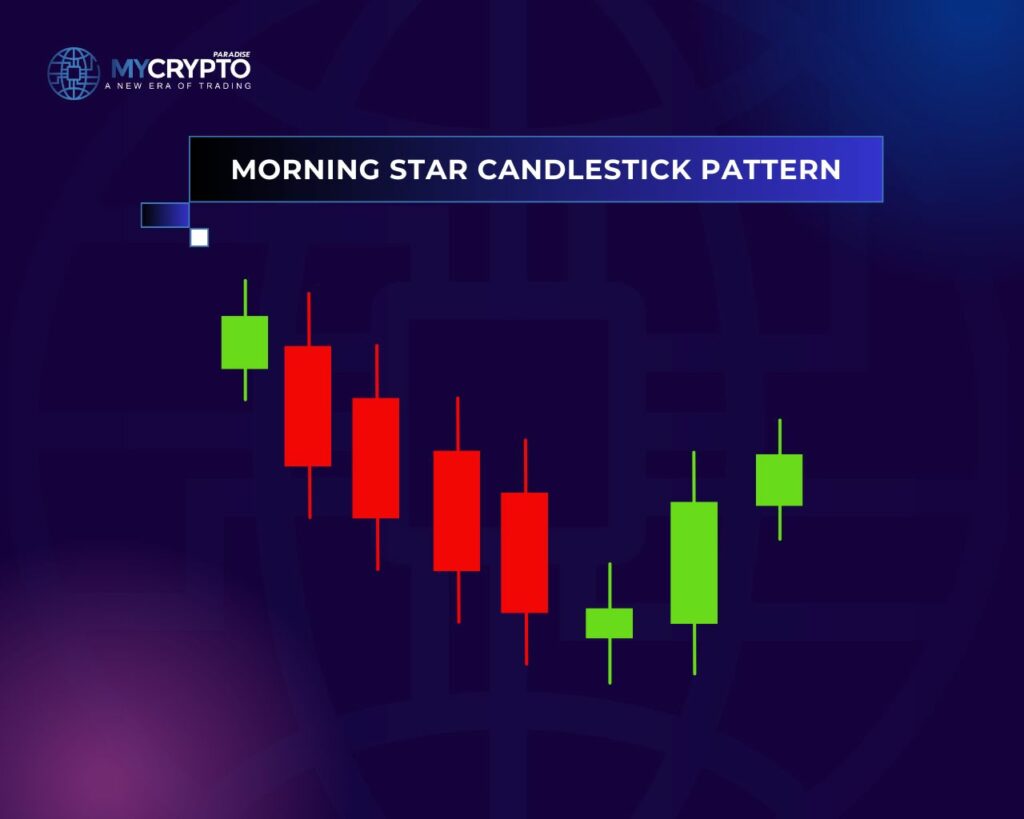
The Morning Star pattern suggests that selling pressure is diminishing, and buying pressure is beginning to emerge. It provides crypto traders with a signal to potentially enter long positions or close out existing short positions. Here’s a breakdown of how to interpret the Morning Star pattern:
Confirmation: To confirm the Morning Star pattern, traders look for the third candlestick to close significantly higher than the first candlestick’s midpoint. This confirms the reversal in market sentiment.
Volume: Ideally, traders prefer to see an increase in trading volume during the formation of the Morning Star pattern. Higher volume indicates stronger conviction among traders and adds weight to the pattern’s reliability.
Timeframe: The Morning Star pattern can occur on various timeframes, ranging from short-term intraday charts to longer-term daily or weekly charts. Traders should consider the timeframe they are trading on to determine the pattern’s significance.
Support and Resistance: It’s essential to consider support and resistance levels in conjunction with the Morning Star pattern. If the pattern forms near a significant support level, it strengthens the bullish reversal signal.
Common Limitations of the Morning Star Pattern
While the Morning Star pattern can provide valuable insights into potential trend reversals, it is essential to exercise caution and consider other technical indicators and factors. Here are a few considerations:
False Signals: Like any technical pattern, the Morning Star pattern is not foolproof and can produce false signals. Traders should use it in combination with other indicators to increase the accuracy of their analysis.
Market Conditions: The Morning Star pattern’s effectiveness may vary depending on market conditions and the overall trend. It is more reliable when it appears after a prolonged downtrend rather than during a sideways or consolidating market.
Risk Management: Proper risk management techniques, such as setting stop-loss orders and determining appropriate position sizes, should always accompany the use of technical patterns like the Morning Star. This ensures that potential losses are minimized in case the pattern fails to produce the expected results.
How to Set Up Entry, Stop Loss, and Take Profit for Morning Star Pattern
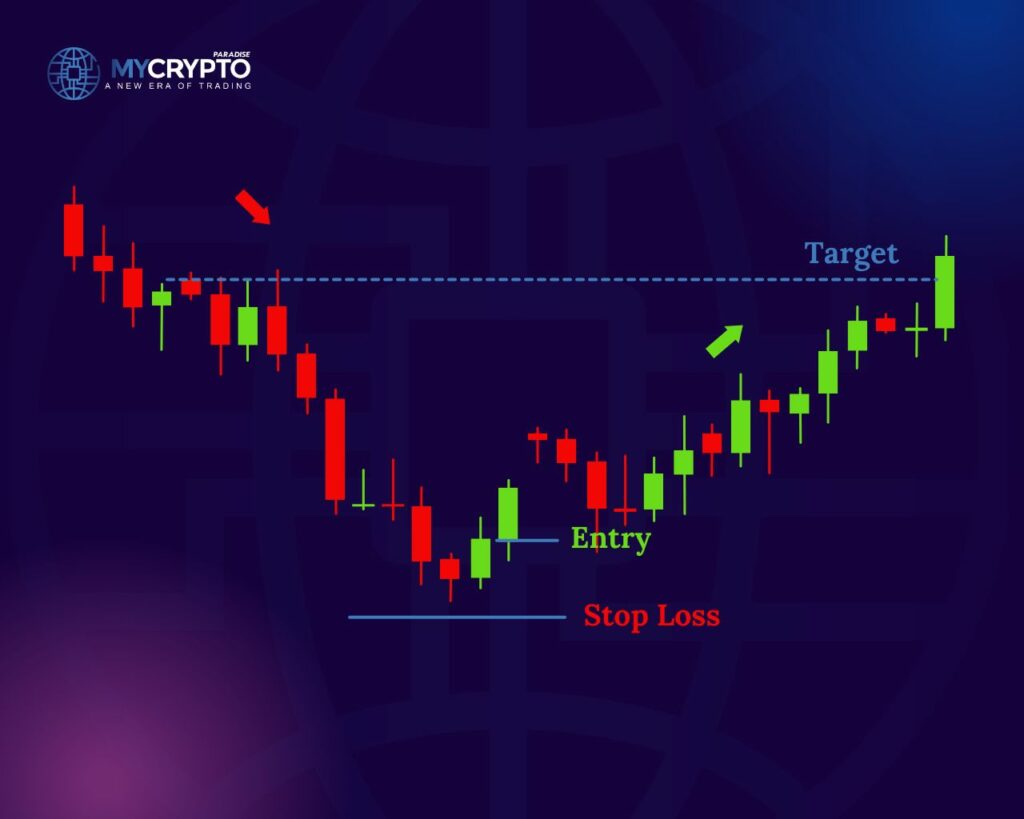
Setting up entry, stop loss, and take profit levels for Morning Star signals requires careful consideration of the market conditions and risk management principles. Here’s a step-by-step guide on how to approach setting these parameters:
Determine Entry Point
Once you have confirmed the Morning Star pattern, determine your entry point. There are a few approaches you can consider:
Conservative Entry: Wait for a confirmation candlestick to form after the Morning Star pattern. This candlestick should close above the high of the third bullish candlestick in the pattern. Entering after this confirmation adds an extra layer of assurance.
Aggressive Entry: Some traders prefer to enter immediately after observing the Morning Star pattern without waiting for a confirmation candlestick. This approach carries more risk but can potentially result in a better entry price.
Set Stop Loss
Establishing an appropriate stop loss level is crucial to limit potential losses if the trade doesn’t go as expected. Consider the following factors when determining your stop loss:
Support and Resistance: Identify nearby support levels below your entry point. Place your stop loss slightly below these levels to give the trade room to breathe while protecting against significant downward moves.
Volatility: Take into account the cryptocurrency’s volatility and price fluctuations. A wider stop loss may be necessary for highly volatile assets to avoid premature stop-outs due to normal market noise.
Risk Tolerance: Set your stop loss based on your risk tolerance and the capital you’re willing to put at risk. It should be at a level where you can comfortably absorb the potential loss without jeopardizing your overall trading strategy.
Determine Take Profit Levels
The take profit level represents the price at which you want to exit the trade and secure your profits. Consider the following approaches:
Fixed Target: Set a predetermined fixed target based on historical price levels, resistance zones, or Fibonacci retracement levels. This approach allows for a clear profit objective but may require adjusting the target based on evolving market conditions.
Trailing Stop: Implement a trailing stop trading strategy where you adjust your stop loss level as the trade progresses in your favor. This allows you to capture additional profits if the market continues to move in the desired direction.
Multiple Targets: Consider splitting your position into multiple take profit levels. This allows you to secure partial profits at different price levels while letting a portion of your position ride if the market experiences a strong upward move.
Remember to adapt your stop loss and take profit levels to the specific characteristics of the cryptocurrency you are trading, including its volatility, liquidity, and historical price behavior. Regularly monitor the trade and make adjustments if necessary to ensure your risk management aligns with changing market conditions.
In ParadiseFamilyVIP, we send crypto signals which you get from our team of professional traders. Use the code PRO20% to get 20% discount and contact us here.
Top Trading Signal: Determining Whether a Morning Star Pattern Will Be Profitable
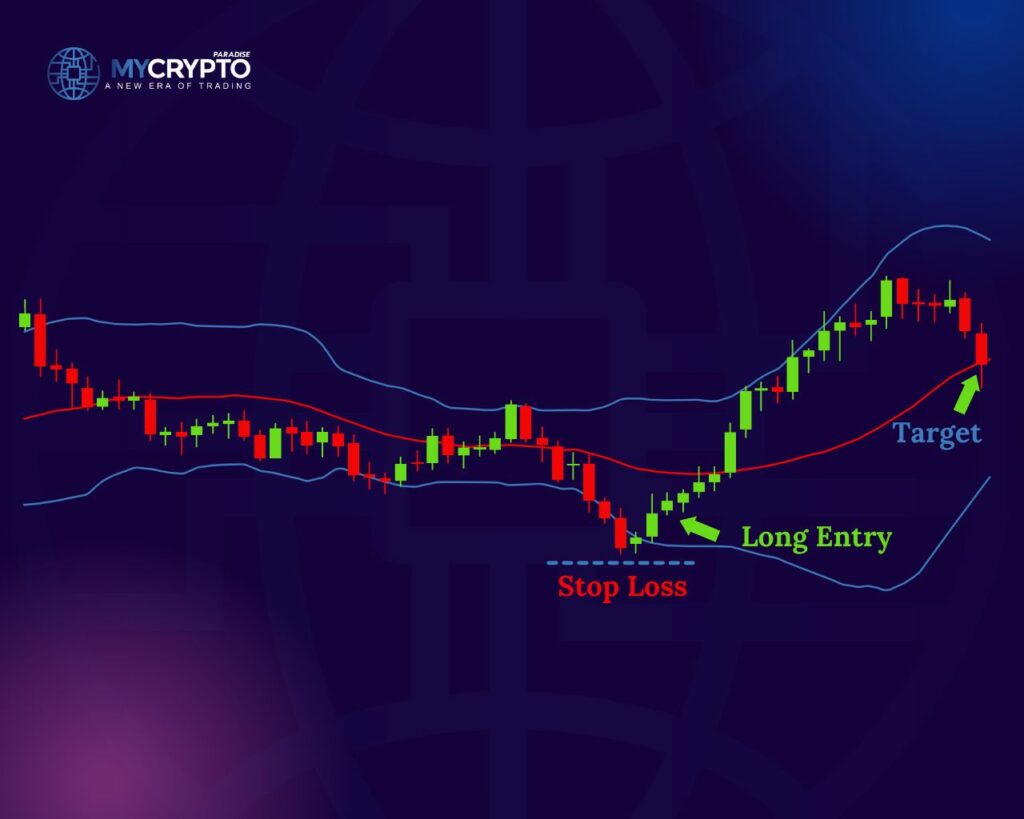
Determining whether a Morning Star signal will be profitable involves assessing various factors and using additional analysis techniques to increase the likelihood of a successful trade. While no method can guarantee profitability, here are some considerations that can help you evaluate the potential profitability of a Morning Star signal:
Context and Market Conditions: Evaluate the broader market context in which the Morning Star pattern is forming. Consider the overall trend, prevailing market sentiment, and any recent news or events that could impact the cryptocurrency’s price. A Morning Star pattern that forms within a strong uptrend or after a prolonged downtrend may have a higher probability of being profitable.
Confirmation Signals: Look for additional confirmation signals that support the potential profitability of the Morning Star pattern. These signals can include technical indicators, such as momentum oscillators, moving averages, or trendline breaks, that align with the bullish reversal suggested by the pattern. The convergence of multiple signals can increase the strength and reliability of the trade setup.
Volume: Pay attention to trading volume during the formation of the Morning Star pattern. Higher volume during the pattern’s formation indicates increased market participation and stronger conviction among traders, which can enhance the pattern’s reliability and potential profitability.
It’s important to remember that no single indicator or pattern can guarantee profitability. A Morning Star pattern should be used as part of a comprehensive trading strategy that combines multiple analysis tools, risk management techniques, and market awareness. Regularly monitor your trades, adapt to changing market conditions, and continuously evaluate the effectiveness of your strategies to improve your trading results over time.
Conclusion
The Morning Star pattern is a valuable tool for crypto traders seeking to identify potential trend reversals during a downtrend. By recognizing the pattern and confirming its validity, traders can make informed decisions to enter long positions or close out short positions. However, it is crucial to consider other factors and indicators, maintain proper risk management, and adapt the pattern to the specific market conditions and timeframe. Ultimately, the Morning Star pattern, when used in conjunction with other analysis tools, can contribute to a well-rounded trading strategy in the dynamic world of cryptocurrency trading.
The technical knowledge you’ve acquired is an important part of the puzzle, but it’s just one piece. While it provides a solid foundation, to achieve long-term profitability over the next 3+ years, you need to integrate it with effective trading strategies and smart tactics.
In ParadiseFamilyVIP, we combine expert-level technical analysis, powerful on-chain insights, precise sentiment tracking, and an understanding of whale behavior with proven trading strategies to ensure our success. This synergy guarantees the best crypto signals and portfolio management for continued profitability.
We provide complete transparency by sharing every trade we take, including our planned exit points and the percentage of our portfolio that we allocate to each trade. This way, you can replicate our trades and achieve similar success.
If you’re looking to elevate your trading skills and become a PRO trader, our inner circle is the best place to learn how we operate. Spots are limited, so if the group you want is full, join the waiting list to stay updated.
We offer a premium service, so it’s geared towards traders with sufficient capital. If you’re still building your trading capital, we suggest starting with our FREE Telegram channels to get up to speed.
To check availability and secure your spot in ParadiseFamilyVIP, click here: https://mycryptoparadise.com/paradisefamilyvip/
We trade exclusively on four trusted exchanges, where we’ve secured up to 35% off trading fees and deposit bonuses for our members. These exchanges are fully vetted by the ParadiseTeam for security and legitimacy. We trust them with our own capital, and in ParadiseFamilyVIP, we base our signals on the best liquidity and coins available on these platforms. You get free access to special links 💙🌴
MEXC: https://www.mexc.com/landings/MyCryptoParadise?handleDefaultLocale=keep&inviteCode=1nqGL
BINGX: https://bingx.com/en/act/chanelActivityStyle3/PCF833J1/
KCEX: https://www.kcex.com/register?inviteCode=MYCRYPTOPARADISE
BITUNIX: https://www.bitunix.com/register?vipCode=3q22
BITUNIX and KCEX are fully licensed and legal in the USA ✅💰


